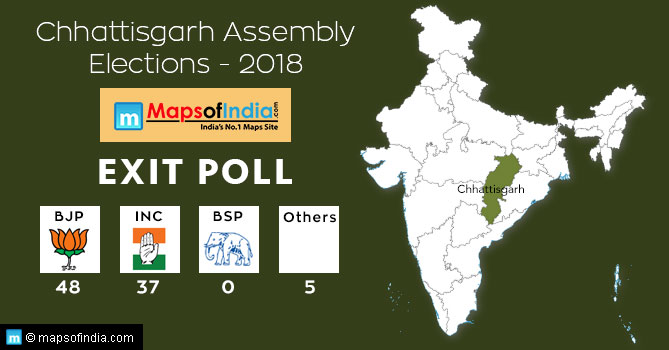With the clamour of what is called the Revolt of 1857 quietening, any close notion of unity was left far behind. Even in the revolt, the resistance to colonial rule had been local. This is not to take away anything from the dissenters, only to state that around the penultimate decade of the 19th century, something called India was not even in the vocabulary or imagination of the people residing in the sub-continent.
While parties like the Indian National Congress existed, they catered to the interests of only the elite. In fact, so enmeshed were we in the system of British governance such that a “we”, a sort of idea of a collective unity was not possible. Even the peasant while making demands asked to be directly under British rule, instead of the right to self-determination.
The above was so much so the case that the likes of Sir John Strachey commented that “there is not, and never was an India, or even any country of India … no Indian nation, no ‘people of India’…that men of the Punjab, Bengal, the North-West Provinces and Madras, should ever feel that they belong to one great Indian nation, is impossible.”
The very idea of an India had not yet been produced. Yet something happened after this was articulated that changed the fate of a country’s people. Not only did an idea of India take root, it flourished in such capacity that an entire change of rule was set in motion.
Not only was a people made free to elect their own government but free to criticise it as well. The “we” of “we Indians are like this only” had formed and something happened that this “we” still holds true despite many obstacles today.




